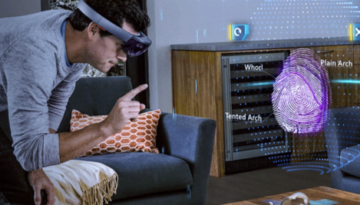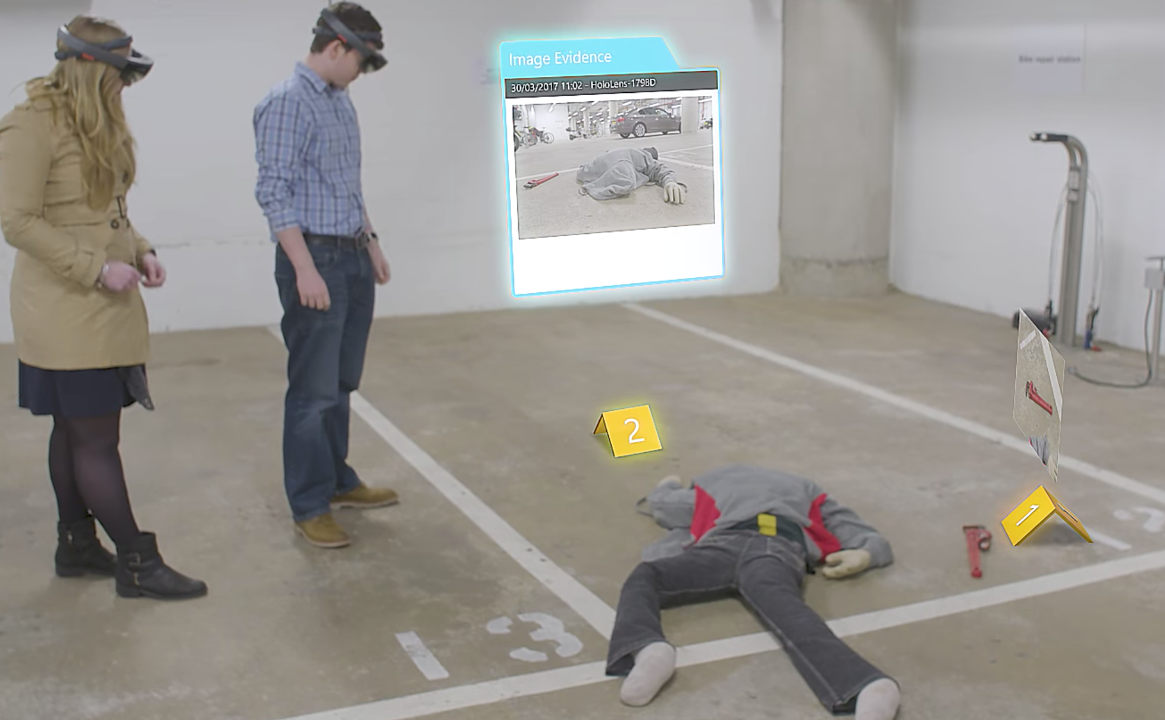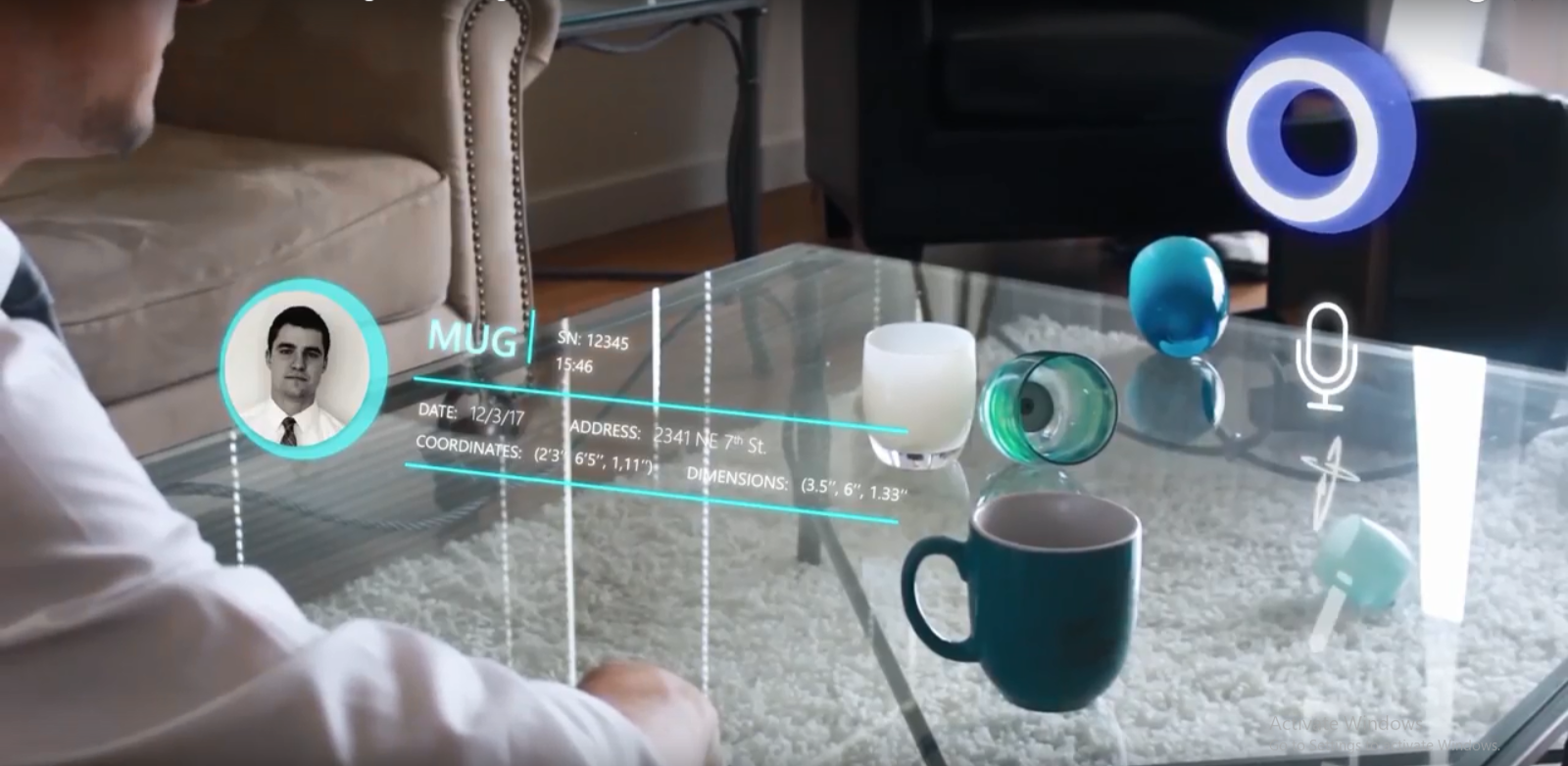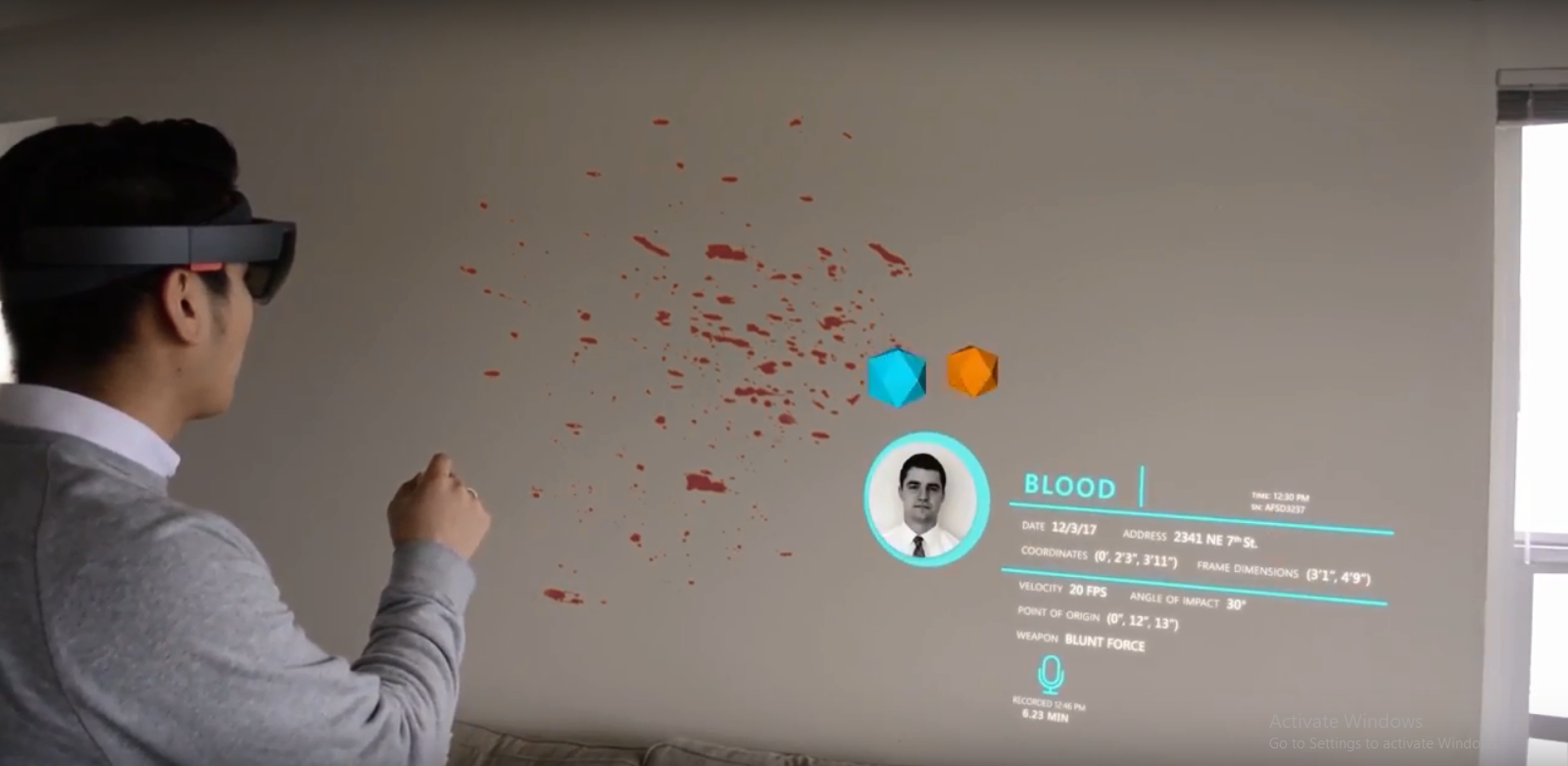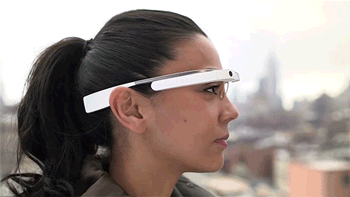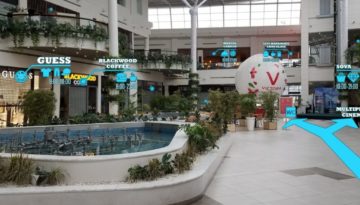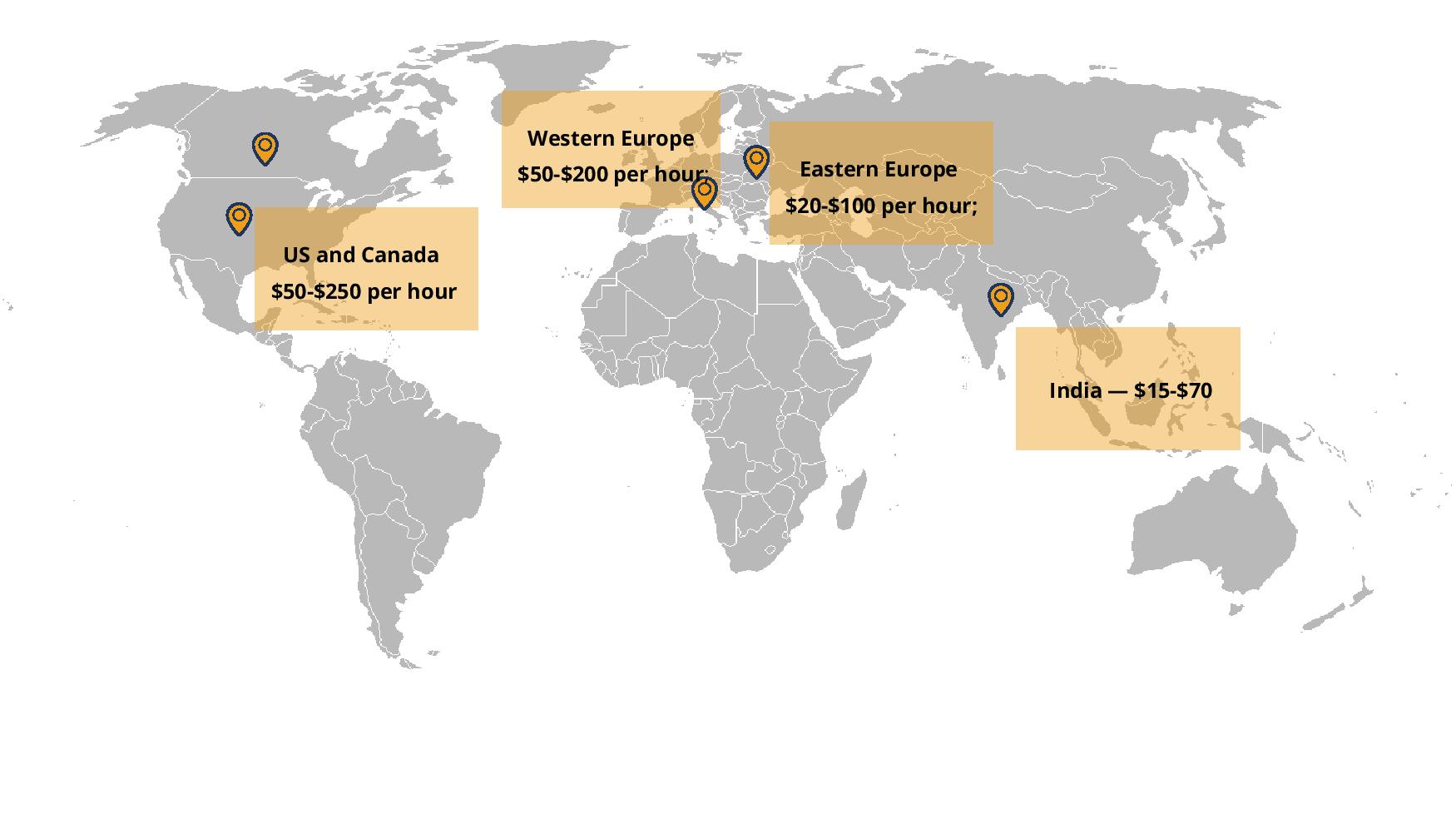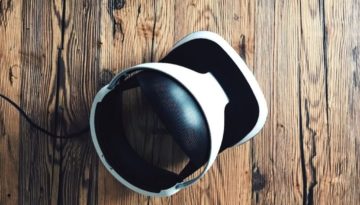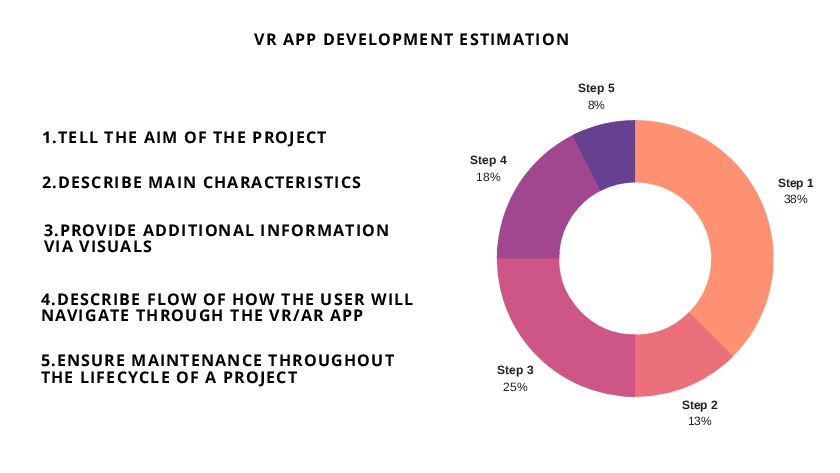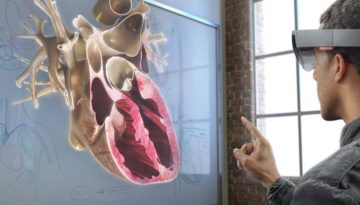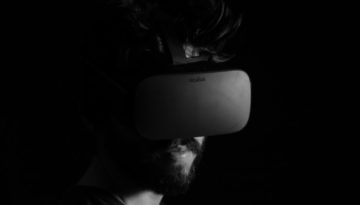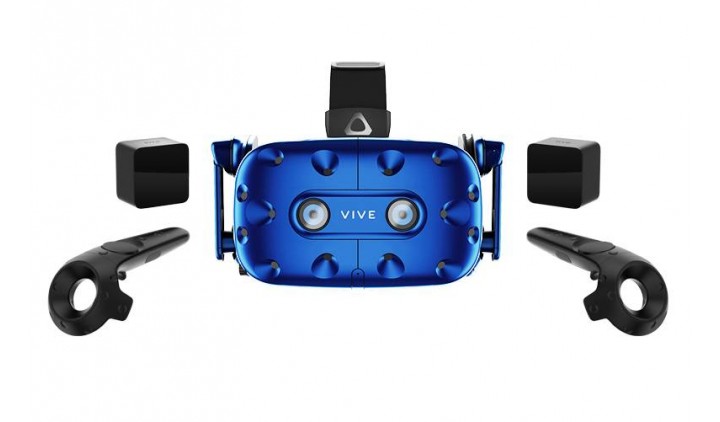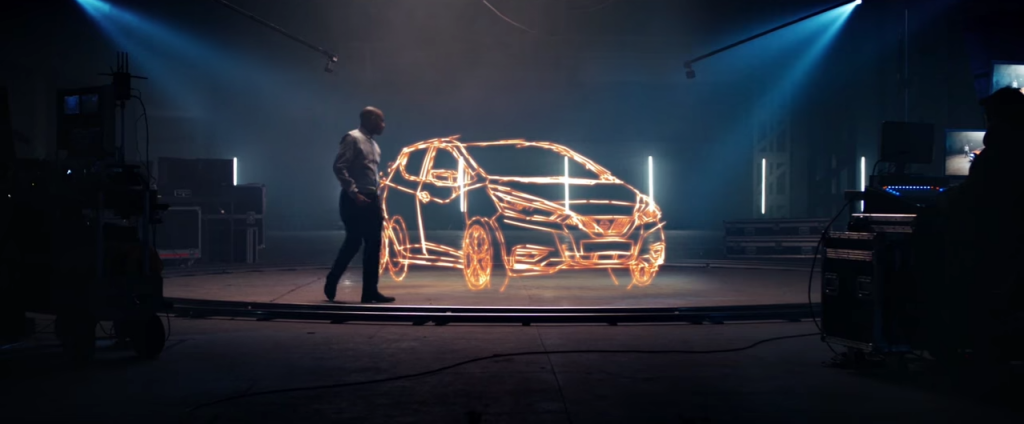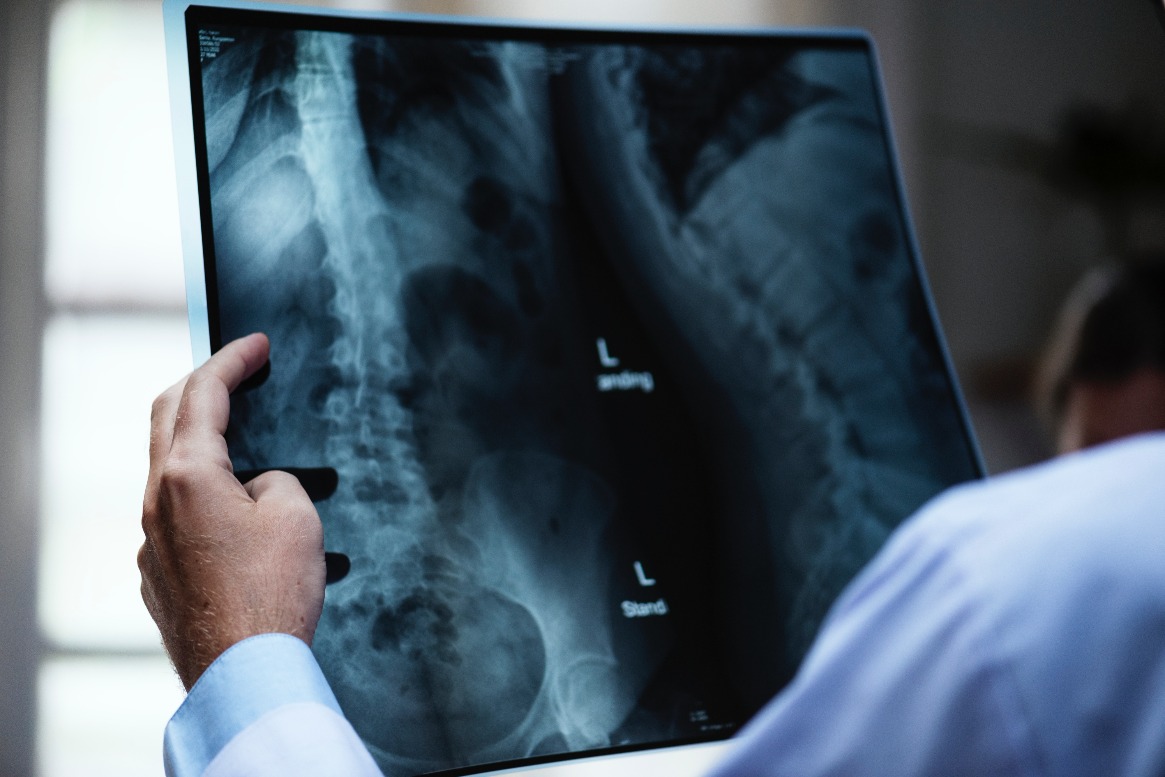Mixed and Augmented Reality Technology In Policing: Science Fiction or Reality?
Augmented reality solutions are now the talk of the tech world. Who could have thought that augmented reality technology that has long been used for putting mustaches on your selfies would be used in policing?
Let’s be real. Processing a crime scene can be grim at the best of times. Collecting all physical evidence that could possibly illuminate what happened at an incident location is a long, troublesome process that requires great effort, focus and concentration. Police officers, who are responsible for securing the scene so no evidence is destroyed, should have an eye for details and boast good memory — no aspect of the place of crime investigation can be lost on them.
Sometimes, detectives make mistakes and when they do, there’s a chance that a criminal can escape a sentence. So, can AR improve this situation and be used in policing during crime investigation?
Sure!
Dutch Police Used Augmented Reality to Investigate Crime
Early on, the concept of AR in forensics existed only in science fiction. Yet, Dutch Police have been already applying augmented reality to help first responders, who may be less qualified, provide assistance at the scene of an emergency. Underqualified officers could use either a smartphone or Microsoft HoloLens to accurately spot the condition of the floor, doors, windows, and lighting. Augmented and mixed reality apps allow the investigator as well as remote teams to virtually point and capture important elements at the scene.
AR Apps for Forensics that are Already Available on the Market
tuServ is an app that works together with Microsoft HoloLens to facilitate police officers on duty by mapping out the crime zone in real time and then crafting a digital recreation by means of virtual markers, 3D objects, video, and audio — all while excluding any hazard of corrupting the physical evidence.
Mapping out the area by HoloLens allows capturing details that can be unnoticed by the naked eye. After the scene of offense has been mapped out, it can then be instantly shared with other detectives without the need to be physically present at the location of a crime. The app can transport officers back to the killing ground and recollect every detail of the site.
Trace App
Another solution, called Trace, is an app that also enhances the process of crime scene investigation. Having a few pairs of goggles available while walking through the crime scene will help keep every single detail in the “mind” of the app, as the place is scanned and digitally preserved. Anyone who’s dealt with crime scene analysis can relate — wouldn’t it be nice if you didn’t have to waste time to make notes or take pictures to have a reference? With Trace app, investigators can describe objects orally and record everything they see by wearing AR glasses. The piece of evidence remains in the virtual space along with the annotations left by the officer.
Aside from that, the shreds of evidence remain in the virtual space along with the annotations and can be easily accessed by investigators, attorneys and forensics at any point in time. This also means the mapped-out AR crime scene could be used as evidence when the case goes to trial.
Final Words
Advances in AR are giving police an unprecedented ability to solve cases — and AR came to the rescue when law enforcement agencies had to equip their officers with new, efficient gadgets.
Here at AVRspot, we have AR experts who can develop an AR solution for forensics. Contact us, and we’ll give a shape to your business idea.

